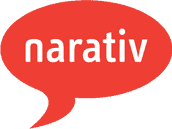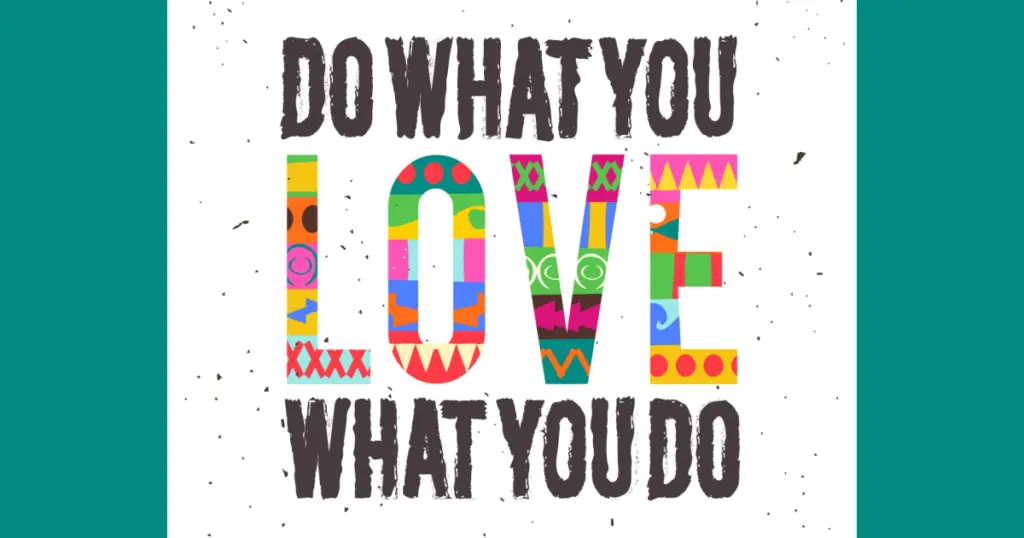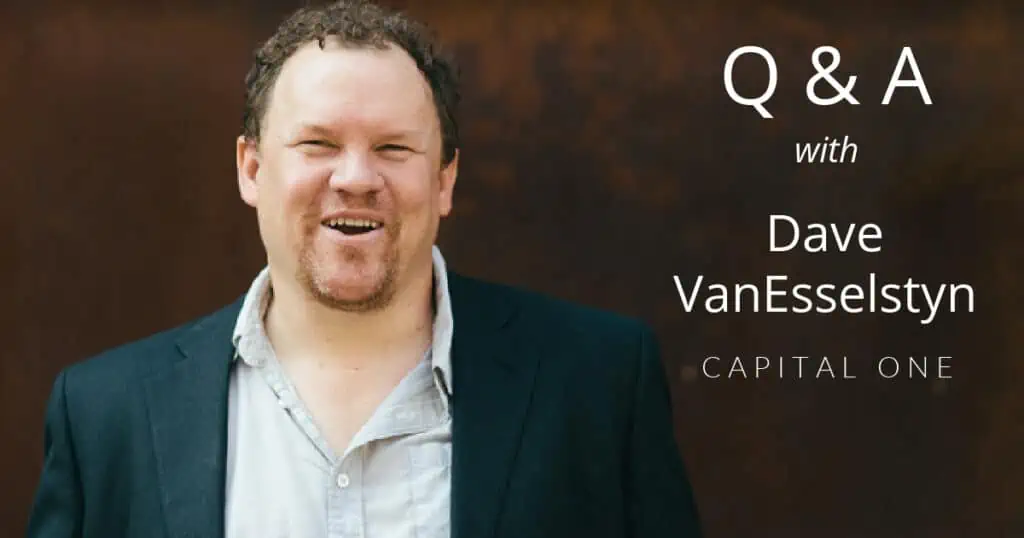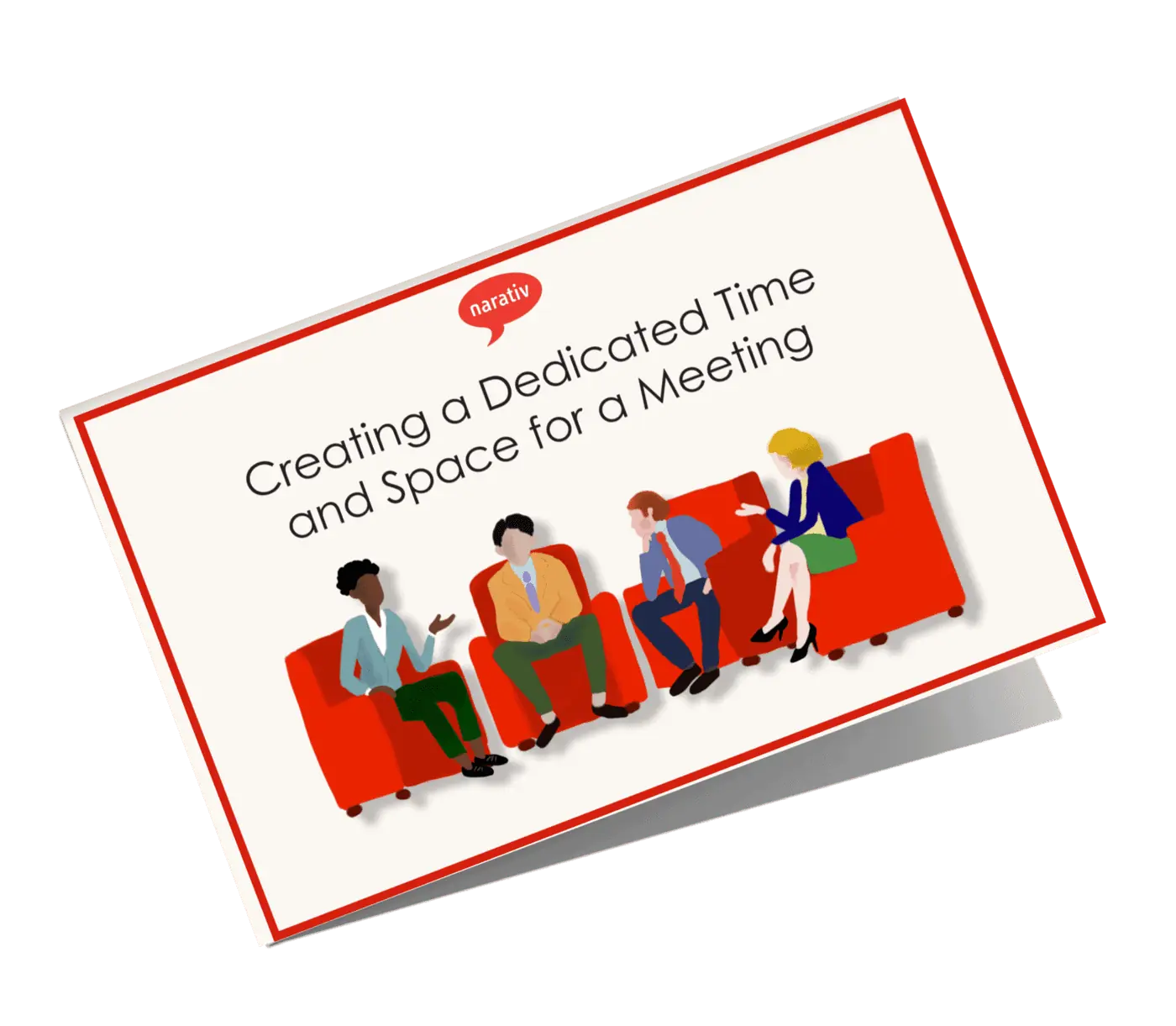Murray Nossel responds to questions from participants in our webinar, Creating Change: Storytelling for Advocacy
How do we deal with dangerous stories? Stories that may be harmful to other people or groups?
The question of harm is complex and context-dependent. However, there are a number of general rules that are strictly necessary to avoid harming others, either consciously or unconsciously. First is always to obtain the consent of anyone whose story you’re telling. Secondly, if you are talking about on behalf of a marginalized or vulnerable group, you need to consult with trusted members of that group about any potential harm that may arise. I work with many groups (e.g. LGBT, sex workers, drug users) whose practices are outlawed in their countries of residence. The personal and community risks of sharing their stories is always a topic of discussion.
It’s not always easy to figure out how to proceed. Change takes a risk. Telling personal stories to affect change has to be carefully considered as part of a change strategy. Therefore risk assessment is crucial. Finally, individuals should never tell a personal story until they are ready and confident to share it in public.
What are the most creative and empowering ways that you have seen stories being told, particularly among more vulnerable communities where communication of their stories can be more difficult (children, etc.)?
There are myriad ways to convey stories creatively. Social media, live storytelling events, exhibitions, theater, both in formal settings and street theater. In the late 80s, when AIDS activists in New York City weren’t getting responses from government agencies, they engaged in street theater, pushed the boundaries of their art-making, and shared stories in political and town hall gatherings. Of course, children are always responsive to storytelling (think about ‘Once upon a time’.) But depending on the country and culture and age, children are attracted to different mediums. Oral storytelling is very popular in Africa and India, but perhaps kids in the USA are more attracted to electronic images. Note that I’m assuming you are talking about reaching children through advocacy, rather than using the stories of children in advocacy campaigns. That is an extremely subtle and complex topic, and I’ll refer you here to this helpful manual from Unicef.
Given attention spans, how many words or minutes make are ideal for a story?
It’s possible to tell a full, richly elaborated story in 4 minutes. To gather the kind of attention needed to command that amount of time, the story needs a powerful beginning and a tightly woven sequence of sensory descriptions that will move the characters and actions forward. But this doesn’t mean that every story has to be 4 minutes long. In my experience of attending film festivals and markets, you have thirty seconds to tell the story of your film. In this case, you have to hone the story down to a sequence of main points. The length of each story is obviously determined by the particular needs and circumstances of each situation. Whatever the length, whether it’s thirty seconds or four minutes, preparation is key. Part of this is to know your ending. Your ending – the destination – gives your story thrust, momentum, direction.
If your listeners trust that you know where you’re going, they’ll stay with you. But if they feel that you’ve lost your direction and you’re going off point, you’ll most likely lose them.
How do you deal with issues of self-care? As Brett Davidson pointed out, sometimes people feel used. And of course, storytelling is deeply emotional and takes people to painful places, so the issue of self-care must be key.
In the advocacy milieu, telling your story publicly must always be a choice. And to guide your choice, there are always two questions to ask: Why am I telling this story, and why am I telling it now? You are always coming back to this purpose. This is what drives you. But that does not mean that you always have to speak the story out loud. Sometimes you remember the story to yourself to remind yourself about your political and social justice aspirations.
But often there are pressures on advocates to tell their stories. One example that comes to mind dates back to 2004 when Paul Browde and I met with HIV+ women who used magnificent maps of their bodies as a springboard to tell their stories. Often, when celebrities or ‘VIPs’ came to Cape Town they were taken to Khayelitsha to meet the “Body Map Women.” Although these interactions led to funding and increased exposure, they took their toll on the women.
In this instance, self-care is all about choice. In the face of massive AIDS denial in government circles, these women were fighting for access to retrovirals. They all had compromised immune systems. Taking care of themselves was a matter of life and death. They had to pay attention to their bodies—nutrition, sleep, avoiding too much stress. That is on the individual, physical level. Inextricably connected to this is psychological well being. The telling and re-telling of a story can actually exacerbate trauma, rather than providing a liberating or healing function. And especially if you’re working solo, you may not be able to recognize the telltale signs of burnout or re-traumatization.
That’s why the connection to a group of fellow advocates is such an important part of self-care. With your colleagues’ listening and input, you can closely examine and keep track of the costs of telling, versus the benefits. Especially during times when you feel you’re being pressured by outside forces to tell your story, your supportive colleagues can remind you of your right to say no, or to get some rest, or to visit your doctor.
Share on facebook
Facebook
Share on twitter
Twitter
Share on linkedin
LinkedIn



